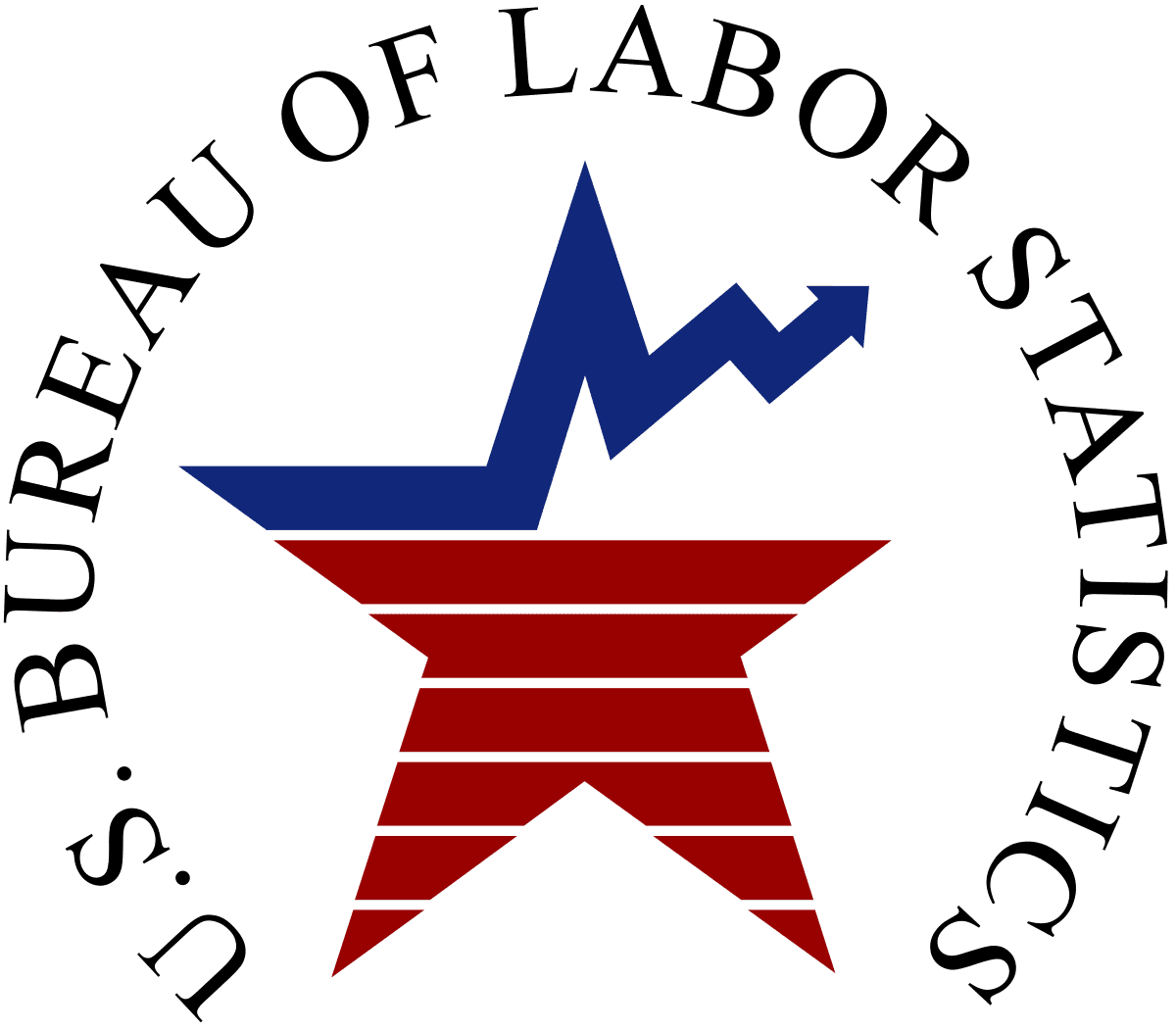Economy Gains 235,000 Jobs in August; Unemployment Down to 5.2%

The U.S. economy gained 235,000 jobs in August, and the unemployment rate declined to 5.2%, according to figures released Friday morning by the U.S. Bureau of Labor Statistics.
In response to the August job numbers, AFL-CIO Chief Economist William Spriggs tweeted:
Despite half of states ending unemployment insurance benefit supplements early, payroll employment is a good number 235,000 in August, but too slow to clear the unemployment backlog by Labor Day when all supplements end. #JobsDay Happy #LaborDay @AFLCIO
— William E. Spriggs (@WSpriggs) September 3, 2021
#JobsDay Once again the Black labor force shows employers are the problem. Black labor force participation went up, more Black workers did land jobs, but more did not, so the Black unemployment rate went up from 8.2 to 8.8% Employers don’t mean they can’t find anybody. @AFLCIO
— William E. Spriggs (@WSpriggs) September 3, 2021
#JobsDay Black workers continue to struggle, meaning the labor market is not tight. The August unemployment for Black workers was 8.8% The unemployment rate for high school dropouts (all races) was 7.8% That is a labor market where employers are being picky. @AFLCIO
— William E. Spriggs (@WSpriggs) September 3, 2021
#JobsDay the labor market in August improved slightly for women-head of households, their unemployment rate fell from 8.5 to 7.9% (still higher than for high school dropouts). Childcare issues are making things hard for women. @AFLCIO
— William E. Spriggs (@WSpriggs) September 3, 2021
While August job gains were modest, they were spread across all industries, but with losses in retail trade, construction and a stall in hiring for leisure & hospitality. Higher wage industries (going up) are adding more jobs (going right) relative to low wage industries. @AFLCIO pic.twitter.com/f2A4rBDD66
— William E. Spriggs (@WSpriggs) September 3, 2021
On the plus side in the #JobsDay report, job losses are declining, especially those suffering permanent job losses. The weaker than hoped job numbers are from slower hiring. Job leavers are only a tiny share of the story. @AFLCIO pic.twitter.com/OsNmSCYMGW
— William E. Spriggs (@WSpriggs) September 3, 2021
The @federalreserve has begun to understand it must incorporate deeper measures of the labor market to determine if we are at full employment, but this is not the case today with those who make fiscal policy and are ending unemployment support. @AFLCIO
— William E. Spriggs (@WSpriggs) September 3, 2021
This chart shows why racial equity in policy making is so hard. Discrimination slows the recovery of the Black labor market, notice that the Black unemployment rate even went up in a month when it fell for everyone. #LaborDay the plug is going to be pulled in helping workers. pic.twitter.com/xaJu1z2gET
— William E. Spriggs (@WSpriggs) September 3, 2021
#JobsDay Women, who are segregated to the lower wage industries that shrank, have been making gains in some higher wage industries: construction, transportation & warehousing and utilities. This switch is the competition that low wage industries face–not UI benefits. @AFLCIO pic.twitter.com/QWU1tX7iGy
— William E. Spriggs (@WSpriggs) September 3, 2021
#JobsDay IMPORTANT: Remember that Pandemic Extended unemployment ends with all the other ARP federal supplements to regular state UI, when the average duration of unemployment is over 27, and half of Black and Asian American workers have durations longer than 22 weeks. @AFLCIO pic.twitter.com/fnPJkoSyqR
— William E. Spriggs (@WSpriggs) September 3, 2021
#JobsDay Labor Flow data show that the share of unemployed workers finding jobs in the next month is edging up. It is now near 26%. But, that is not a pace that will clear the labor market anytime soon, and not fast enough for the unemployment insurance cliff next week. @AFLCIO pic.twitter.com/aruN69id7e
— William E. Spriggs (@WSpriggs) September 3, 2021
It has been frustrating seeing states struggle with managing federal aid, like the important rental assistance program. Despite all the federal dollars they have received, they are not hiring the workers needed to set up and run these urgently needed programs. @AFSCME @AFLCIO https://t.co/tRjNAqizEV
— William E. Spriggs (@WSpriggs) September 3, 2021
The problems in the care economy are self-evident. This is why @POTUS plan for making major investments in it are vital to a healthy recovery. Businesses need to stop whining and moaning about the lack of workers and get behind solutions. And cutting UI benefits is not it. https://t.co/3csNDHcfL5
— William E. Spriggs (@WSpriggs) September 3, 2021
Last month’s biggest job gains were in professional and business services (+74,000), transportation and warehousing (+53,000), education (+40,000), manufacturing (+37,000), other services (+37,000), information (+17,000), financial activities (+16,000) and mining (+6,000), while retail trade (-29,000), state workers (-25,000) and local education (-5,700) saw losses. In August, employment showed little change in other major industries, including leisure and hospitality, construction, wholesale trade and health care.
Among the major worker groups, the unemployment rates for adult men (5.1%) and White Americans (4.5%) declined in August, while the rate for teenagers (11.2%) increased. The jobless rates for Black Americans (8.8%), Hispanics (6.4%), adult women (4.8%) and Asian Americans (4.6%) showed little change over the month.
The number of long-term unemployed workers (those jobless for 27 weeks or more) decreased in August and accounted for 37.4% of the total unemployed.
Kenneth Quinnell
Fri, 09/03/2021 – 09:31
